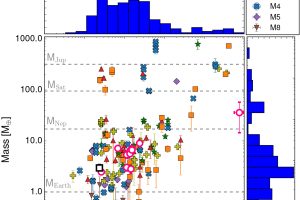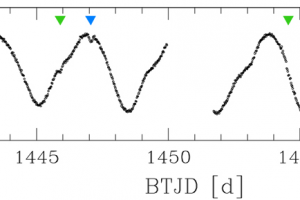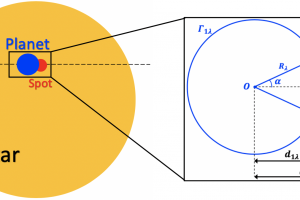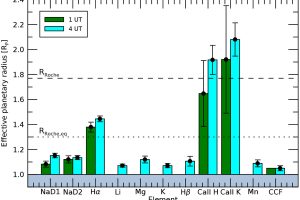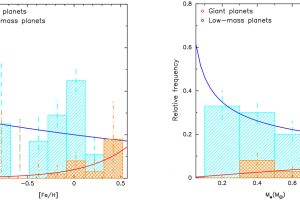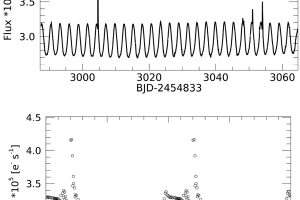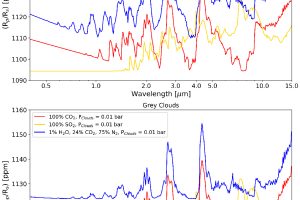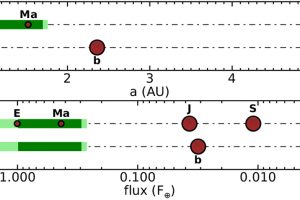Composition of a sub-neptunian exoplanet with TESS and ESPRESSO. The study: “A sub-Neptune and a non-transiting Neptune-mass companion unveiled by ESPRESSO around the bright late-F dwarf HD 5278 (TOI-130)” of A. Sozzetti (INAF-OATo) recently appeared on A&A
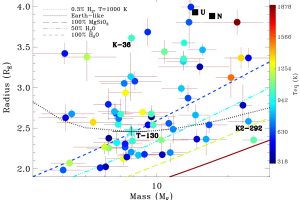
The NASA satellite Transiting Exoplanet Survey Satellite (TESS) it’s one of the most effective telescopes to search for exoplanets. TESS is designed to find exoplanets with the transits method, e.g. by observing the periodic occultations of stars by their planets during their orbits. To date, about 27% of the exoplanets discovered with TESS belong to the class of the sub-neptunians. These planets have a
» Read more
